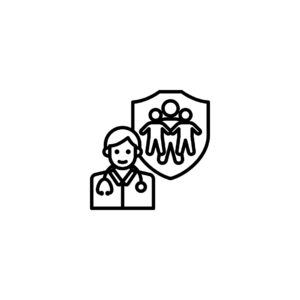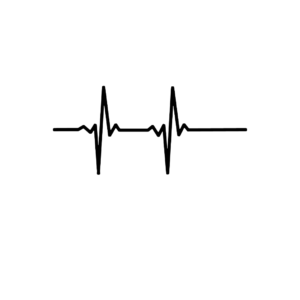Description
Overview of Diploma in X-Ray Technician
The Diploma in X-Ray Technician program is designed to equip students with the necessary skills and knowledge to perform diagnostic imaging procedures using X-ray technology. This program covers the principles of radiography, patient care, radiation safety, and the operation of X-ray equipment. Graduates play a vital role in the healthcare system by providing essential imaging services that assist in diagnosing medical conditions.
Core Areas of Study in the X-Ray Technician Program
Introduction to Radiography
Overview of radiography, the role of X-ray technicians, and the importance of diagnostic imaging in patient care.
Human Anatomy and Physiology
Study of human anatomy with a focus on skeletal and organ structures visible in X-ray images, including the interpretation of basic anatomy in radiographs.
Radiographic Techniques and Procedures
Comprehensive training in X-ray techniques, positioning of patients, and the use of various X-ray modalities.
Radiation Physics and Safety
Understanding the physics underlying X-ray production, radiation safety protocols, and measures to protect patients, staff, and the public from unnecessary radiation exposure.
Patient Care and Communication
Skills for effective patient interaction, managing patient comfort, and educating patients about procedures and safety.
X-Ray Equipment Operation
Hands-on training in the operation and maintenance of X-ray machines, including troubleshooting common issues.
Image Evaluation and Quality Assurance
Skills for assessing the quality of X-ray images, ensuring proper techniques are used, and implementing quality control measures.
Ethics and Professionalism in Radiologic Technology
Exploration of ethical issues, patient rights, and professional conduct in the field of radiology.
Clinical Practice
Practical experience in clinical settings, allowing students to apply their knowledge and skills in real-world situations under supervision.
Curriculum Structure
A typical Diploma in X-Ray Technician program may include:
Core Courses: Essential subjects covering anatomy, radiographic techniques, patient care, and radiation safety.
Laboratory Practice: Opportunities for hands-on training with X-ray equipment to develop technical competencies.
Clinical Rotations: Real-world training in hospitals or imaging centers where students perform X-ray procedures under supervision.
Elective Courses (if applicable): Options may include specialized areas such as pediatric radiography or advanced imaging techniques.
Capstone Project or Internship: A culminating project or clinical experience that emphasizes the students’ skills and knowledge in radiography.
Admission Requirements
Admission to a Diploma in X-Ray Technician program typically requires:
A high school diploma or equivalent, with a strong foundation in science subjects, especially biology and physics.
Minimum GPA requirements may vary by institution but are generally around 2.5 or higher on a 4.0 scale.
Some programs may require letters of recommendation and a personal statement detailing the applicant?s interest in the field of radiology.
Skills Developed in the X-Ray Technician Program
Graduates of the Diploma in X-Ray Technician program will develop essential skills, including:
Technical Proficiency: Ability to operate X-ray machines and perform various imaging procedures safely and effectively.
Patient Assessment: Skills in evaluating patients? conditions and ensuring their comfort during procedures.
Attention to Detail: Precision in following protocols to produce high-quality images and ensuring patient safety.
Communication Skills: Effective communication with patients regarding procedures, ensuring understanding and compliance.
Teamwork and Collaboration: Ability to work effectively with healthcare professionals to provide comprehensive patient care.
Career Opportunities
Graduates with a Diploma in X-Ray Technician can pursue various career paths, including:
X-Ray Technologist
Performing diagnostic X-ray examinations in hospitals, clinics, and private practices.
Radiologic Technologist
Working in various imaging modalities, including X-ray, CT, MRI, and other diagnostic imaging techniques.
Healthcare Assistant in Radiology
Supporting radiologists and technologists with patient care and administrative duties related to imaging services.
Specialized Radiography Technician
Focusing on specific areas of radiography, such as pediatric radiography or fluoroscopy.
Medical Equipment Sales Representative
Providing expertise in X-ray and radiology equipment sales to healthcare providers and facilities.
Conclusion
The Diploma in X-Ray Technician program offers comprehensive training for individuals seeking a career in diagnostic imaging. By equipping students with the necessary skills and knowledge, this program prepares graduates for successful roles in the healthcare field, significantly contributing to patient diagnosis and treatment. If you have any further questions about the Diploma in X-Ray Technician program or related topics, feel free to ask!









